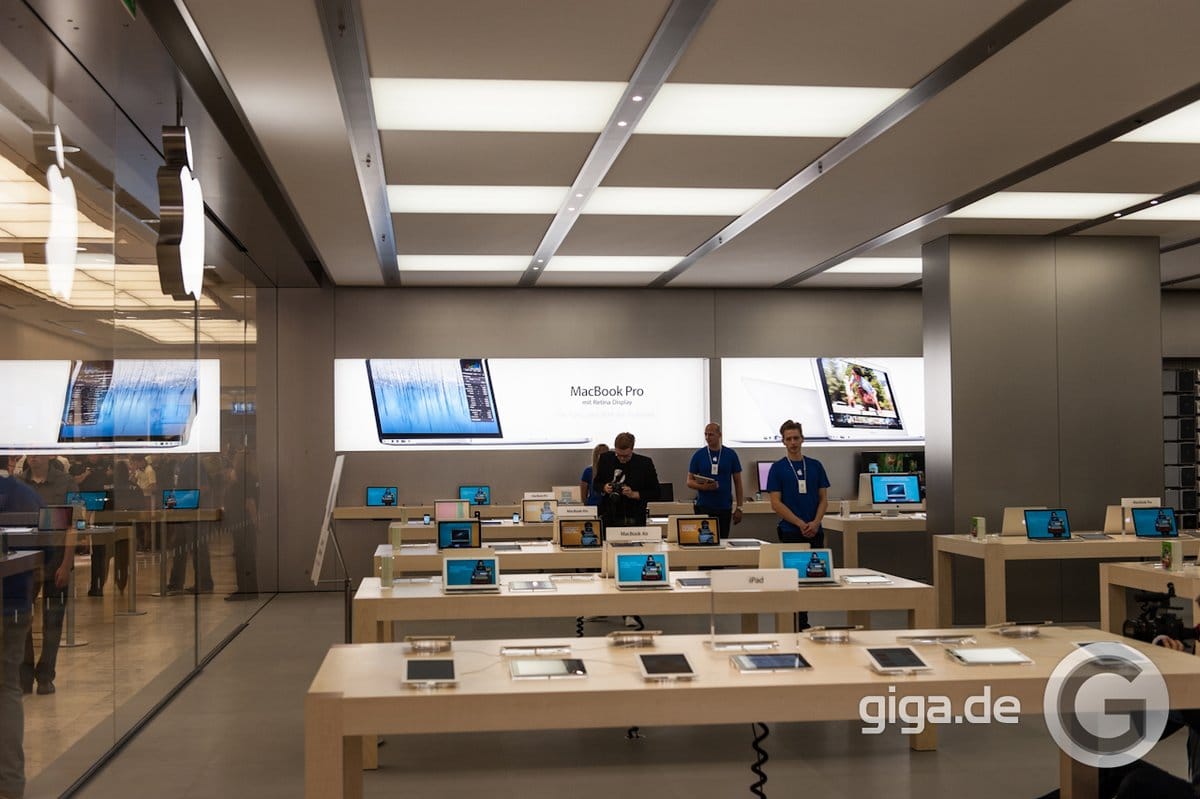Google has issued a notification regarding the impending cessation of synchronization services for users operating severely outdated versions of its Chrome browser. This announcement signals a significant change in how the browser will function for users who have not kept their software updated. The core issue revolves around the synchronization feature, a key functionality that allows users to seamlessly transfer their browsing data, including bookmarks, passwords, history, and other personalized settings, across various devices where they are logged into the same Google account. This functionality will be disrupted for users who persist with older versions of the Chrome browser.
The rationale behind this move, according to Google, stems from the challenges of maintaining compatibility and security across a wide range of browser versions. Older versions of any software, particularly browsers, are often more vulnerable to security threats. These vulnerabilities present significant security risks to the users themselves and potentially to the larger internet ecosystem if exploited. Moreover, supporting older versions of software requires more resources. Google’s decision to end sync support for these older versions is, therefore, a step toward focusing development and maintenance efforts on current and more secure iterations of the browser. It aims to ensure that the maximum number of users are utilizing a more protected version of Chrome.
The synchronization feature in Google Chrome has become increasingly essential for many users. It enables a consistent and uninterrupted browsing experience across multiple devices, be it a desktop, laptop, tablet or smartphone. The ease with which users can switch between devices while maintaining access to their saved data has made sync a staple functionality of modern web browsing. For example, a user might begin browsing on their computer at work, continue browsing from their phone during the commute, and then seamlessly resume on their home laptop. This continuity would not be possible without the sync functionality. The cessation of sync for outdated browsers, therefore, will likely impact those users most.
Users affected by this change will not lose their stored data, at least not immediately. The data, which is stored on Google’s servers, will remain accessible as long as users have an internet connection and a modern version of Google Chrome. The immediate effect will be the inability to synchronize the data if they continue to use an older version of the browser. Therefore, any bookmarks, passwords, history or settings they have saved on their account may not be accessible on devices that are still using the older browser versions, and the older browsers would no longer reflect updates made using other, more up-to-date devices. The primary action that Google recommends for affected users is to update their browser to the latest available version.
Google has historically released updates on a regular basis, aiming to improve performance, patch security vulnerabilities, and introduce new features. Users who have been regularly updating their browser should not be affected by this change. This announcement serves as an important reminder about the necessity of keeping all software up to date. Regular software updates are not simply about accessing the latest features; they also play a crucial role in maintaining a safe and reliable digital environment. This change might also indicate that Google will become stricter in the future when it comes to outdated browser versions and they may decide to remove more features of very old versions in the future.
To determine whether you are affected, it is advisable to check the current version of your Chrome browser. This can be done through the settings menu within the browser itself. Google usually has a help menu that shows you the current version. The most recent versions of Chrome are generally identified through a version number, which is displayed in the settings menu. If you are unsure about how to update your browser, Google also offers comprehensive instructions and help guides. These guides usually detail the steps required for a smooth and successful update. Following the prompts in the software update section of the browser will ensure the latest version is installed. Furthermore, it is important to also check for operating system updates. These can sometimes also affect browser functionalities. If your operating system is also very old, it may not be compatible with newer browser versions.
The implications of this change are potentially far-reaching. Millions of users use the Chrome browser daily. Even if only a relatively small percentage of those users are operating on significantly outdated versions, there will still be a considerable number of people who will be impacted by this change. The move by Google has important implications for cybersecurity practices and reinforces the importance of keeping software updated. Google has not given a precise date for when support will end, but they have made it clear that this change will come into effect soon. Users are thus advised to act quickly to ensure that their browsing experience is not disrupted.


